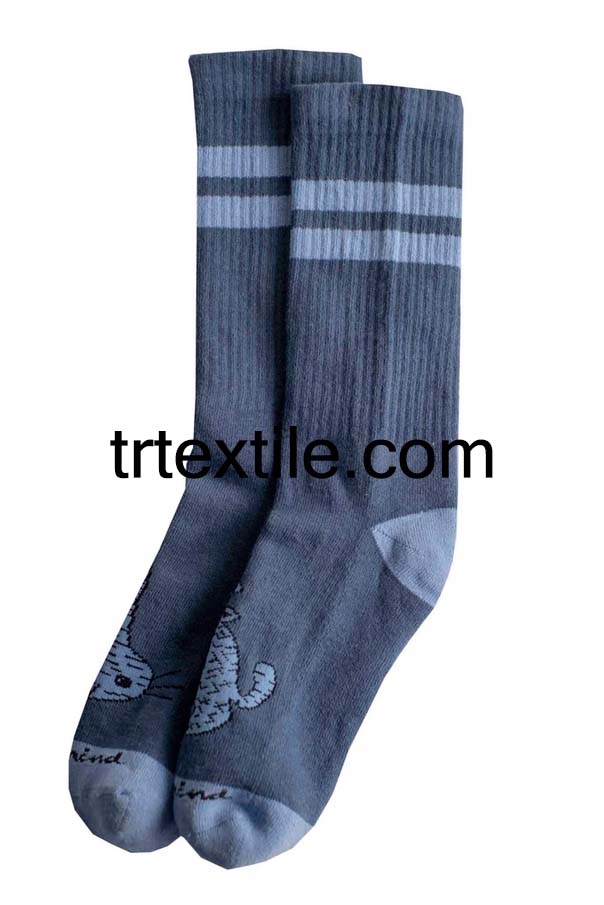Socks are an essential part of our daily wardrobe, providing comfort and protection to our feet. But have you ever wondered how these humble garments are made? The production of socks is a fascinating process that involves several intricate steps and techniques.
The first step in sock production is the selection of raw materials. Socks are typically made from a blend of natural and synthetic fibers, such as cotton, wool, nylon, and polyester. These materials are chosen for their durability, breathability, and moisture-wicking properties. The quality of the raw materials directly impacts the comfort and longevity of the socks.
Once the raw materials are selected, they are sent to a spinning mill where they are transformed into yarn. The yarn is then dyed in various colors to create the desired designs and patterns for the socks. The dyed yarn is then transferred to a knitting machine, where the actual sock is produced.
Knitting machines come in various types and sizes, but they all work on the same principle of interlocking loops of yarn to create a seamless tube. The knitting process can be adjusted to create different thicknesses, textures, and designs for the socks. Once the socks are knitted, they are removed from the machine and sent to the finishing department.
In the finishing department, the socks undergo several processes to improve their appearance and performance. This includes trimming any excess yarn, reinforcing the toe and heel areas for added durability, and adding elastic bands to ensure a snug fit. The socks are then washed, dried, and ironed to give them a smooth and polished look.
After the finishing process, the socks are inspected for any defects or imperfections. Any socks that do not meet the quality standards are discarded, while the rest are packaged and labeled for distribution. The packaged socks are then sent to retailers, where they are sold to consumers.
The production of socks is a complex and labor-intensive process that requires skilled workers and specialized machinery. From selecting the raw materials to the finishing touches, each step in the production process plays a crucial role in creating high-quality socks that are comfortable, durable, and stylish.
In conclusion, the production of socks is a fascinating and intricate process that involves several steps and techniques. By understanding the journey of a sock from raw materials to finished product, we can appreciate the craftsmanship and skill that goes into creating these essential garments. Next time you slip on a pair of socks, take a moment to think about the effort and expertise that went into making them.




